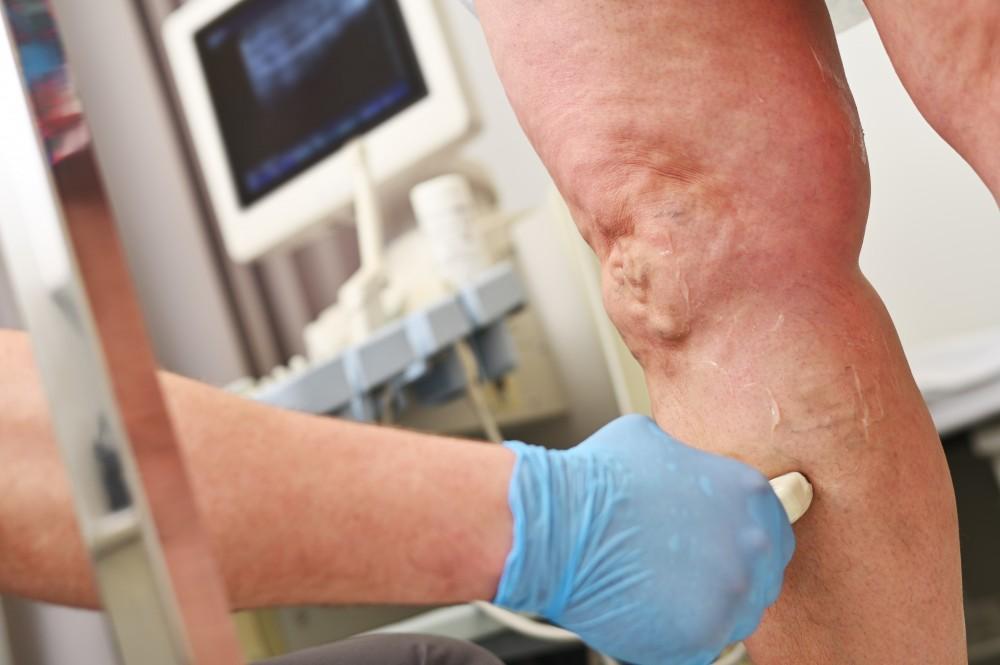
Botox® vs. Fillers: Which Treatment Is Right for Me?

If you're considering cosmetic enhancements to rejuvenate your appearance, you've likely come across two popular options: Botox® injectables and dermal fillers. While both treatments can reduce the signs of aging, they work in different ways and target different concerns.
So, how do you know which treatment is right for you? David T. Jacobs and our team at South Shore Vein and Aesthetic Medicine review your options during your consultation. Your ideal treatment is based on the type of wrinkles you have, if you have volume loss, and your specific aesthetic goals.
In the meantime, here’s a closer look at Botox and fillers and how to know which is right for you.
Learn more about Botox Cosmetic
Botox — a purified form of botulinum toxin injected into specific muscles to temporarily relax them — has both medical and cosmetic uses. In fact, Botox can alleviate migraines, treat specific eye conditions, and even help with overactive bladder.
At South Shore Vein and Aesthetic Medicine, Dr. Jacobs uses Botox Cosmetic to smooth wrinkles and fine lines caused by repetitive muscle movements. Botox works by blocking the nerve signals that trigger muscle contractions, which are responsible for the frown lines between your eyebrows, forehead lines, and crow's feet around your eyes.
Learn more about dermal fillers
Botox targets dynamic wrinkles but won’t do anything for lost volume. That’s where dermal fillers shine.
Dermal fillers work by adding volume to areas of the face that have lost volume or appear hollow due to aging. They “fill” in sunken areas — hence their name.
There are many types of fillers, and each one is made of different compounds. Many fillers are made of hyaluronic acid, a substance that occurs naturally in your body. It acts like a sponge and helps your skin stay hydrated and plump.
Hyaluronic acid-containing fillers can plump up thin lips, fill deep lines and wrinkles, and restore volume to areas like the cheeks.
Our South Shore Vein and Aesthetic Medicine team also offers calcium hydroxylapatite fillers. Just like hyaluronic acid is naturally found in your body, so is calcium hydroxylapatite. Results from calcium hydroxylapatite fillers last about 12 months.
Choosing the right injectable
The choice between Botox and fillers depends on your specific concerns and aesthetic goals. If your primary concern is dynamic wrinkles caused by muscle movement, such as forehead lines or crow's feet, Botox may be the right choice for you.
Alternatively, fillers may better address your needs if you want to restore lost volume or enhance your natural facial contours.
In both cases, you should be free from any contraindications, such as allergies to the active ingredient in your injectable, breastfeeding, pregnancy, or infections at the injection site.
Combining injectables for a customized look
While Botox and fillers serve different purposes, you don’t necessarily need to choose between them. In fact, many people find that both Botox and fillers are right for them.
Dr. Jacobs combines fillers and Botox — in a procedure known as a liquid facelift — to treat dynamic wrinkles, fine lines and wrinkles, and loss of volume.
Get started with your consultation
The best way to determine which treatment is right for you is to schedule a consultation at our Rockville Centre, New York, office.
During your consultation, Dr. Jacobs assesses your facial anatomy, discusses your goals and concerns, and recommends a personalized treatment plan that addresses your specific needs.
You can also reach our office at 516-865-1234.
You Might Also Enjoy...


Facial Veins: Causes, Treatments, and How to Get Rid of Them

Hand Vein Treatment: How to Restore a Youthful Look to Your Hands

Are Varicose Veins Genetic? What You Need to Know About Hereditary Vein Issues

How to Get Rid of Varicose Veins: Top Treatments for Smooth, Healthy Legs


